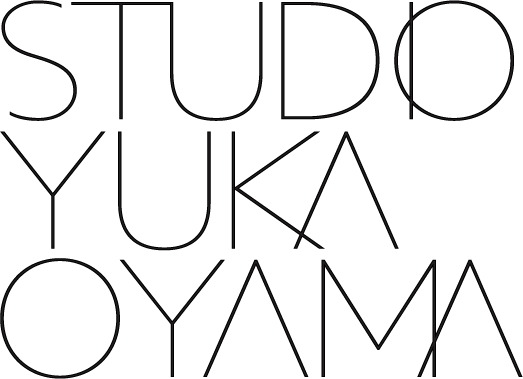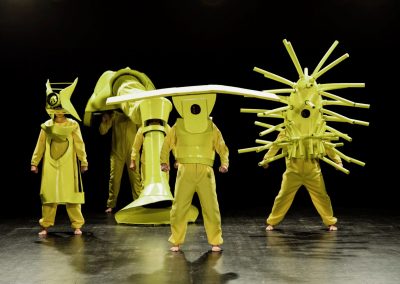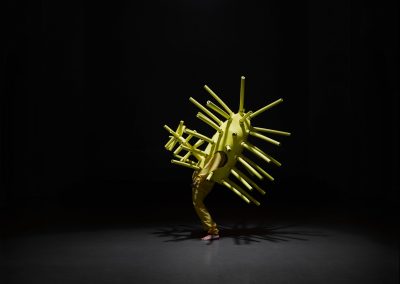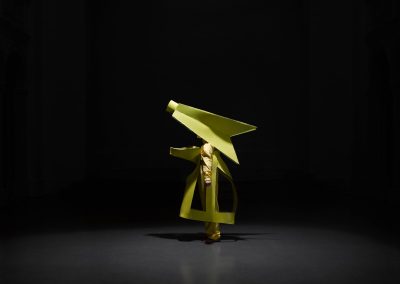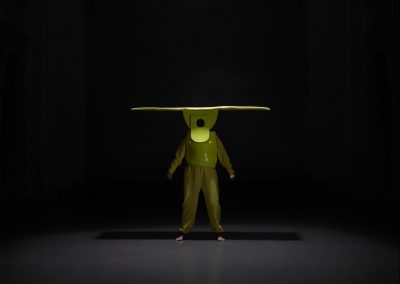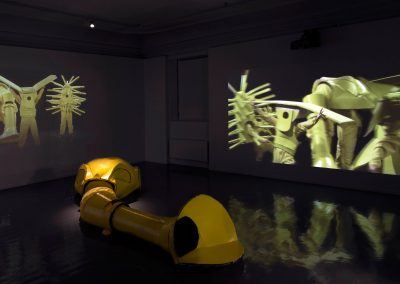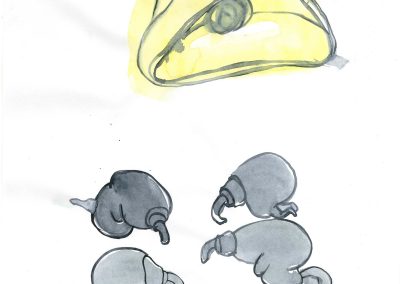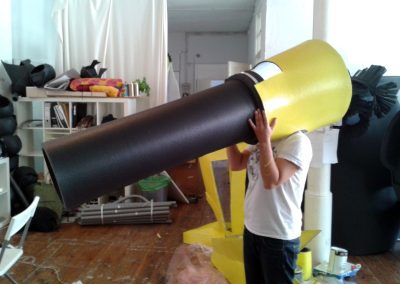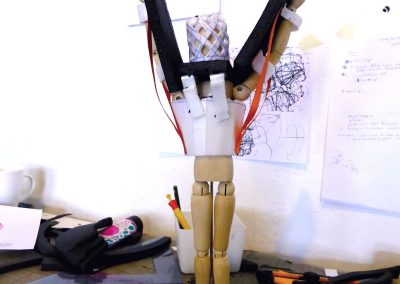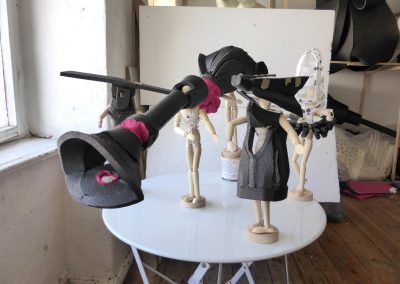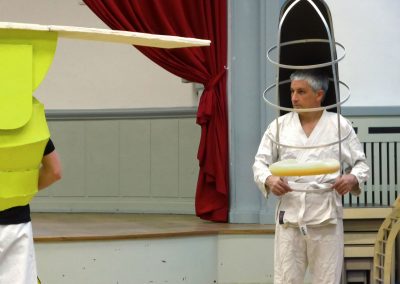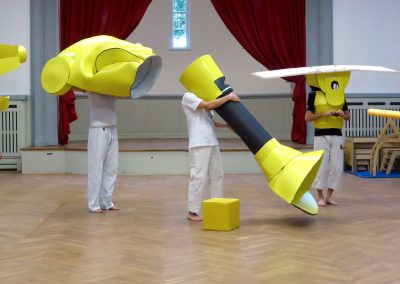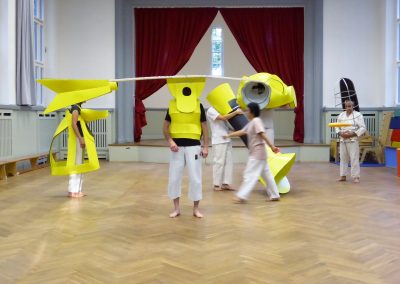CLEANING SAMURAI
Cleaning one’s home is an invisible and a magical labour that someone has to do. The someone is the one who has noticed the mess more quickly and has less tolerance to live in the untidiness. Often not enough respect is paid to this work.
“Who cleans more? Who cleans better?”
When it comes to cleaning, it seems we may potentially measure, compete, and argue. When do we realize that while quarrels around cleaning grow, true problems remain unspoken?” – Yuka Oyama
Oyama often struggled to balance work and household duties as a female artist and a mother. She wished to spend more time in her studio making artworks than engaging in endless cleaning. In her experience, it simply felt that mothers in general have many more tasks to fulfil than fathers. She personally found that the challenge was how to share the domestic labour and child-rearing tasks exactly fifty-fifty, while maintaining emotional ties between the couple.
Rosemarie Nave-Herz, a German family sociologist, claims that parenting couples who both participate in paid workforce try to have harmonised relationships, but frustrations concerning the delegation of domestic work cause internal conflicts.[1] Our expectations to deliver excellent performances in almost too many areas of everyday life unfortunately tip the work-life-love-balance.
One day while practicing karate with her karate group, Oyama realised some of the most basic movements in karate training are done without even thinking about the motions, because the body knows them. It suddenly cast a new light on how cleaning should be for her: “Don’t think. Become a machine. Get done with it!” Through employing objects found in a person’s house (objects from the inside) Oyama seeks to express sensitive topics hidden in many families, such as fair delegation of domestic work, fixed gender roles, and the prioritisation of functionality over emotionality.
—–
[1]Rosemarie Nave-Herz, Familie heute 6.Auflage (Darmstadt: Wissenschaftliche Buchgesellschaft, 2015), pp.142 – 144.
Cleaning Samurai, 2014
Three channel video, two mins., four sculptures
VACUUM CLEANER, 2014
PE sponge, acrylic paints, wood, aluminum, textile
120 x 140 x 70 cm (body)
110 x 140 x 70 cm (mouth piece)
GLASS SPRAY, 2014
PE sponge, acrylic paints, wood, aluminum, textile
110 x 60 x 60 cm (head)
90 x 90 x 110 (dress)
MOP, 2014
PE sponge, acrylic paints, wood, aluminum, textile
55 x 45 x 45 cm (vest)
130 x 40 x 45 cm (head)
TOILET BRUSH, 2014
PE sponge, acrylic paints, aluminum, textile
150 x 150 x 150 cm
EXHIBITION:
Oslo Kunstforening, Oslo, 2015
CREDITS:
ACTORS: Andrea Jaschinski, Stefan Langfeld, Christoph Leitner, Henning Rust, Sebastian Szapek
DIRECTOR OF PHOTOGRAPHY: Florian Lampersberger, Andreas Teuchert
EDITOR: Maja Tennstedt
STILL PHOTOGRAPHER: Diego Castellano Cano (Performance), Attila Hartwig (Sculptures)
ASSISTANTS: Jane Saks, Yota Okuyama
